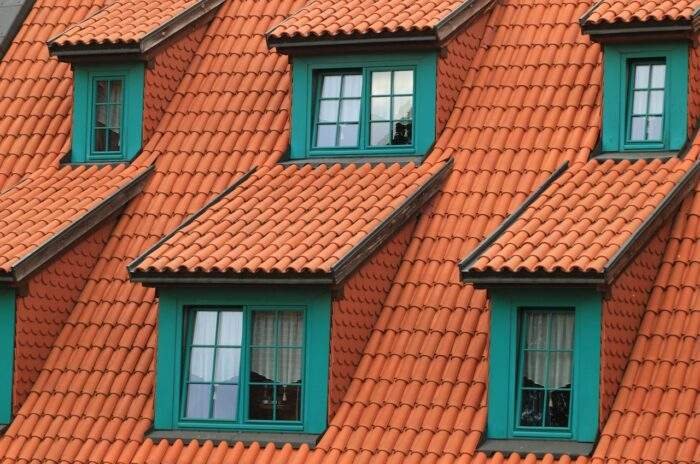Mistakes People Make When Installing Roofs

Mistakes made during a roof installation or repair project can cost you big in the long run. Whether from inexperienced roofing contractors or poor artistry, these mistakes can lead to severe problems. These errors include shingle misalignment (where the cutouts and butted joints don’t line up), failing to remove old shingles, incorrect shingle exposure or overhang, and more. Here’s how to avoid these costly mistakes:
Misaligned Shingles
One of the most common roofing installation mistakes is properly aligning shingles. Shingles must be carefully aligned to ensure a uniform appearance and protect the roof from wind, rain, and sun damage. The ideal shingle is straight and aligned with the edge of the roof. Roofers use chalk lines to help them keep the shingle pattern straight throughout an entire roof. If a roofer fails to add chalk lines, likely, they aren’t using the proper nailing pattern. It can lead to loose shingles, which may cause them to lift during bad storms. Misaligning shingles can also create gaps in roof coverage, giving moisture and dirt places to enter the home. It can lead to rot and mold, so working with a professional roofer who can prevent these issues is essential.
Misplaced Nails
Unfortunately, a lousy roofing job can lead to leaks and weather damage not covered by the warranty. Luckily, these problems can be prevented by avoiding common mistakes with the help of a professional roofing company Reno. Most roofing installation errors are challenging to detect but can seriously affect homeowners and building owners. The most common mistake is driving nails too far into the shingle. It exposes the nail to moisture and can cause it to corrode.
Ice Dams
Ice ridges called “ice dams” form around the edges of roofs. It prevents meltwater from flowing freely off the roof into the gutters and can cause severe problems for homeowners. It can tear off gutters, lift shingles and even force water into the home, saturating insulation and weakening wood framing members. To reduce the risk of ice dams, use a snow rake after each heavy snowfall to remove as much snow as possible. Please take photos of any frosty buildup on your roof to spot leaks in the attic or ceiling when they form. Also, a well-placed box fan in the attic can help freeze the dams in place by blowing cold air onto them.
Reusing Old Flashing
It is wise to replace the metal flashing on a new roof or re-shingling the job. It includes drip edge flashing, flashing around the vents and chimney, and step flashing that deflects water away from dormers and skylights. Reusing old roof flashing is a bad idea and one of the most common mistakes amateur roofing contractors make. It is essential to use new materials because reusing old ones will cause leaks in your roof. If you notice shingles that are different in color or look damaged, this is another sign that your roofing contractor could have done a better job. In many cases, these flaws will only appear later and can lead to a failed inspection or voided warranty.
Failure to Remove Old Shingles
Mistakes can lead to costly repairs or voided warranties. During a roof repair, you’ll need to replace the old shingles with new ones. Removing all the shingle nails from your roof will ensure the new shingles are correctly fastened and secure. If a shingle is damaged, use a pry bar to loosen the tabs underneath it and those in two rows above. Then, remove the nails with a claw hammer or crowbar. Be sure to leave about five inches of shingle exposure. It allows for proper ventilation and prevents moisture accumulation. It also helps to keep the shingle from being blown off during a storm.






